The Year is 2015 and I find myself back in The Punjab region of Pakistan. A place which I’ve visited again and again and which I always look forward to, one of the many reasons being the wealth of Photographic opportunities.
The Punjab has been divided into two ever since the tragedy that was Partition. I won’t go into the politics and blame, but hundreds of thousands were killed and the tension persists to this day. My late dad was a Lance Corporal in the Rajputana Rifles Regiment based in Bombay and Delhi, at partition he was transferred to The Baloch Regiment based in Quetta and Lahore, and immediately sent off to duty, to peace keep and help the safe transport and of refugees going and coming in both directions; East and West.
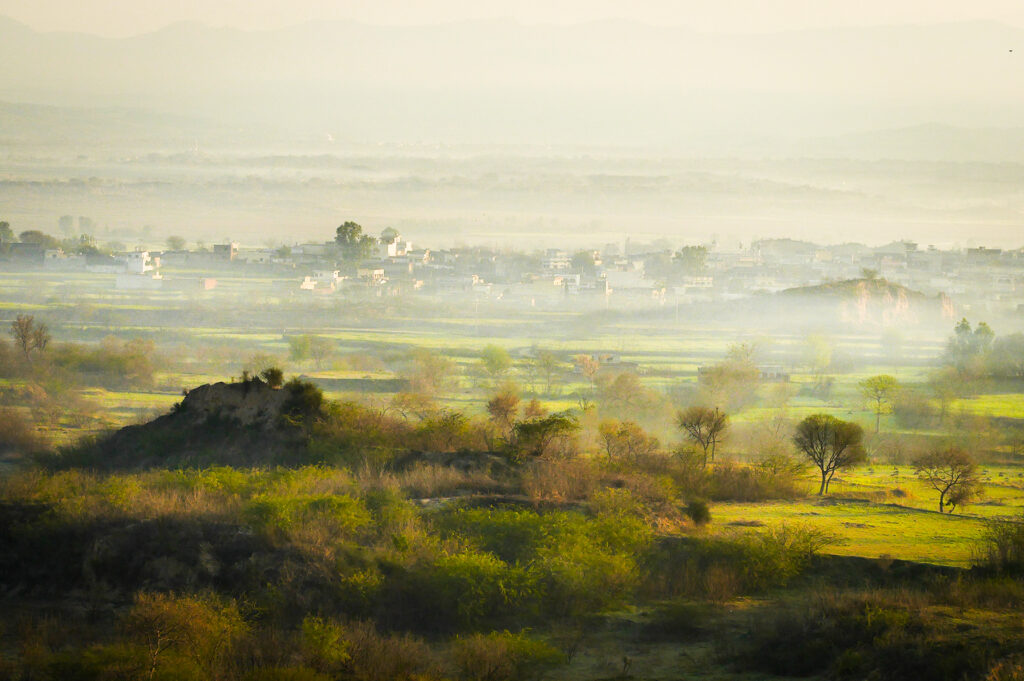
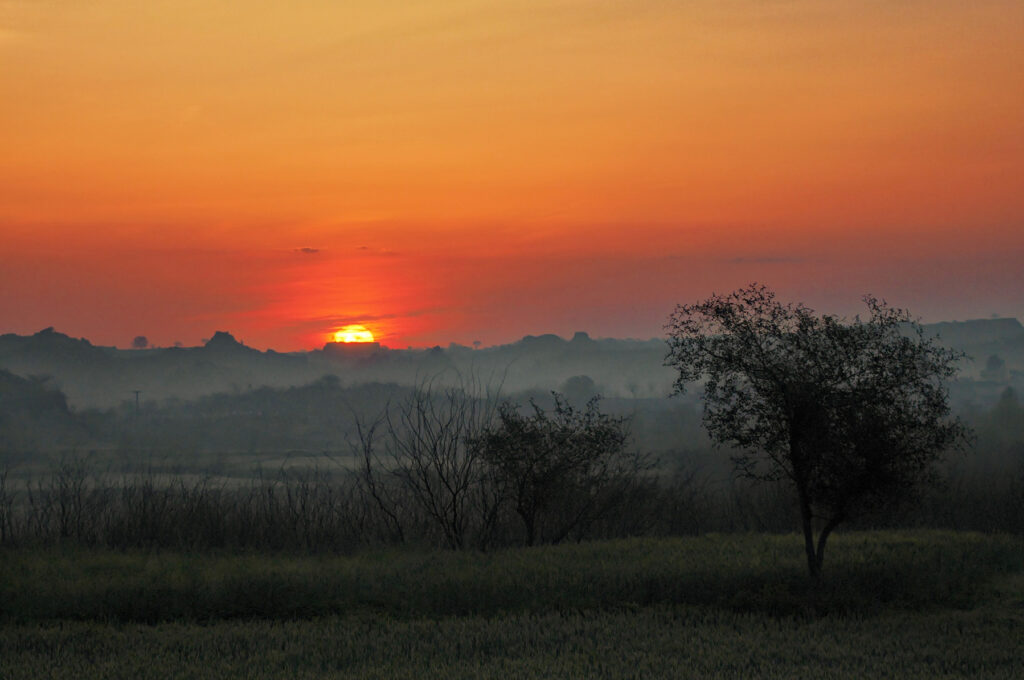
Anyway, back to The Punjab; outside the large cities you’ll find a rich swaths of rural farmland and hills, Himalayan foothills and wilderness including some National Parks. Roaming through villages on motorcycle is something I love doing. One meets so many people and invited into so many homes. It was on one such trip that I took a new camera I wanted to play with. It was a Panasonic Lumix GX7.
I had initially decided upon the Fuji XE2 but I couldn’t justify the price difference. I then bought that Fuji and found the Panasonic to be superior in every single way. I eventually sold the Panasonic to buy a Fujifilm TXII (Hasselblad XPan 2) to go with the XE2s. But that’s a different story. The other option was an Olympus OMD EM5. I chose this over the Olympus OMD series as:
- It was cheaper
- Handling was more to my liking – the OMD EM-5 and 10 have a sub standard grip.
- Really liked the tilting EVF and LCD which can be used as a Waist level finder – with a waist level finder.
- it’s made in Japan rather than China
- The EVF was superior to that of the Olympus, bigger sharper and higher resolution. (Olympus fixed this with the MKII but that was later that year).
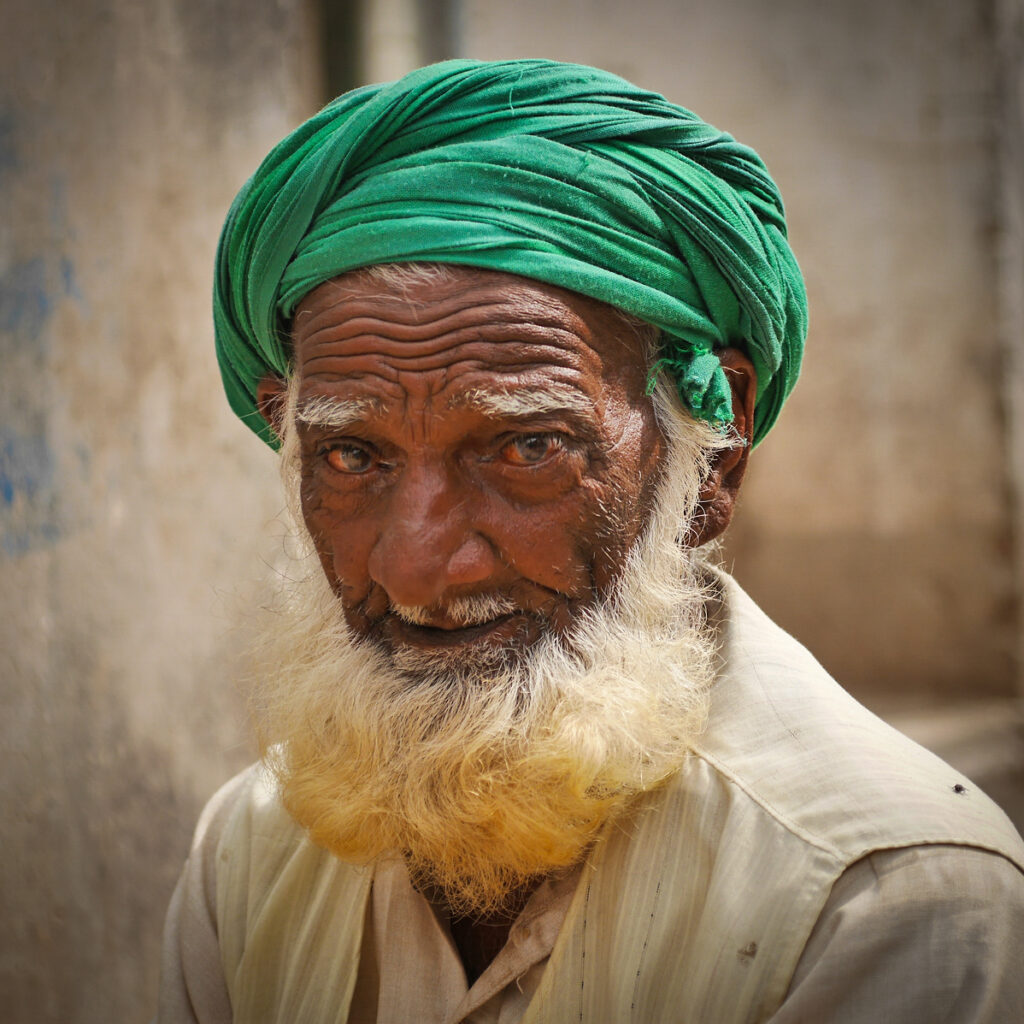
Yashica 60mm
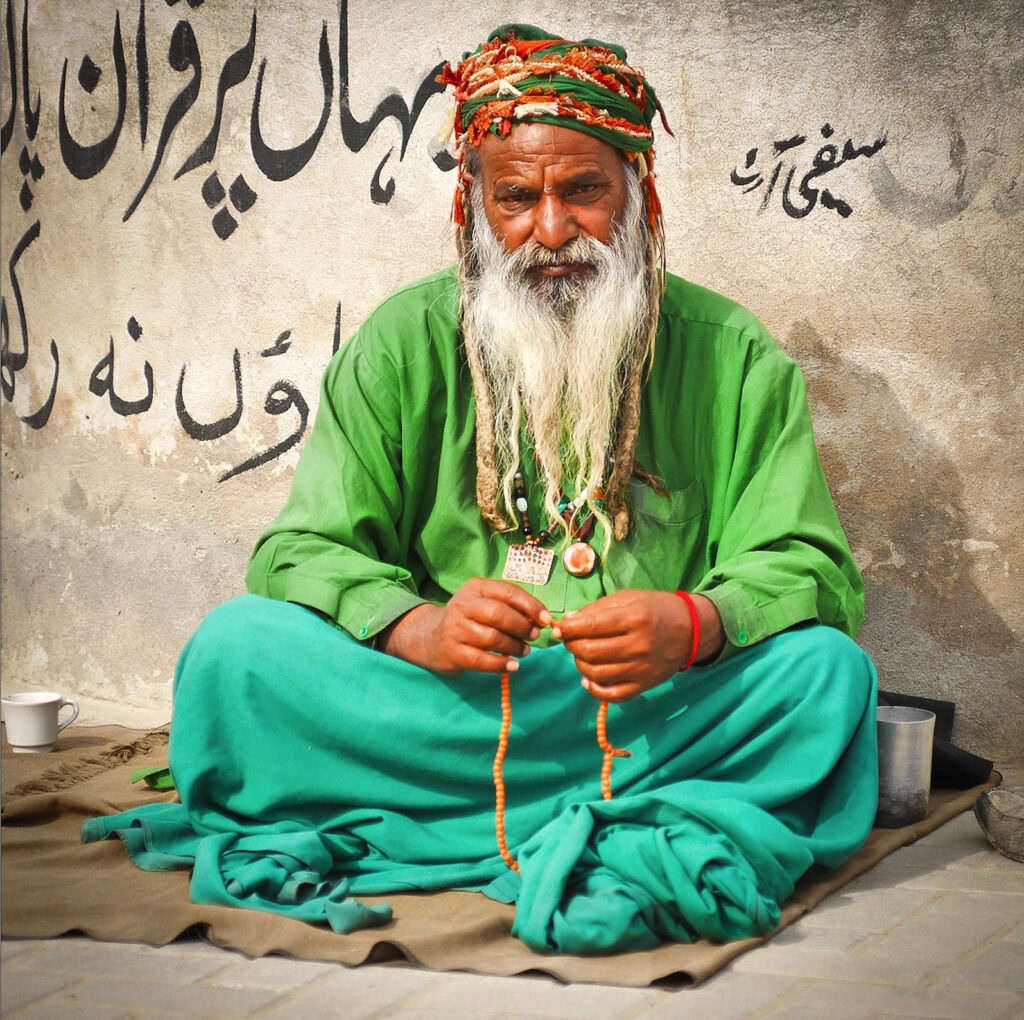
Yashica 60mm
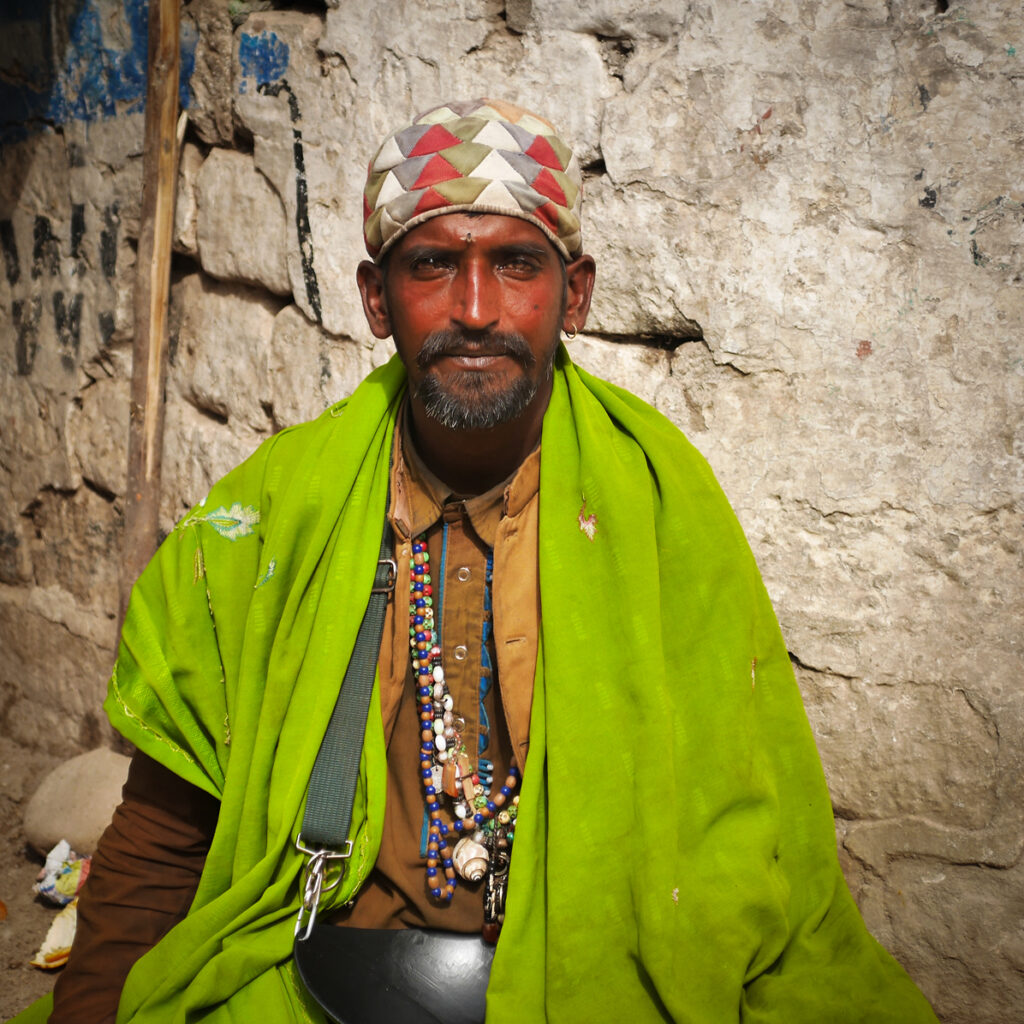
Yashica 60mm
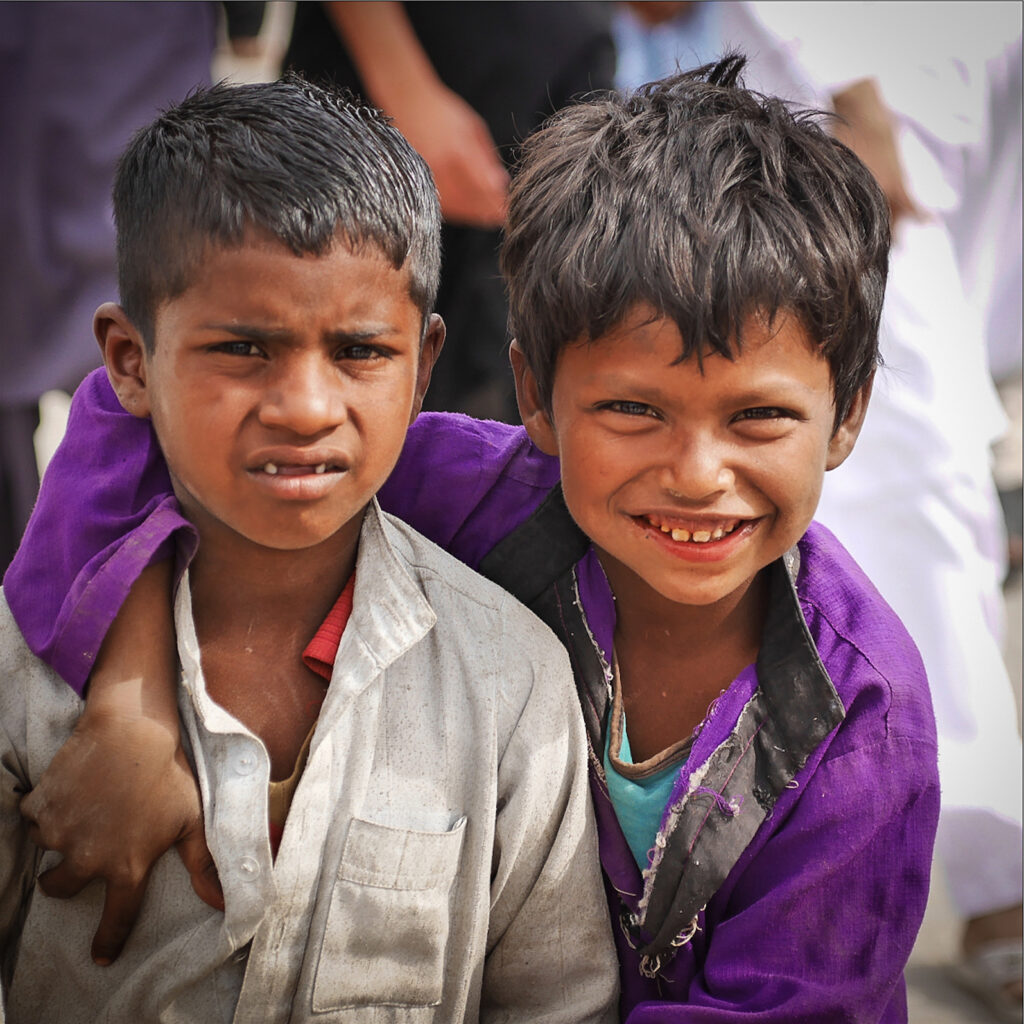
Yashica 60mm
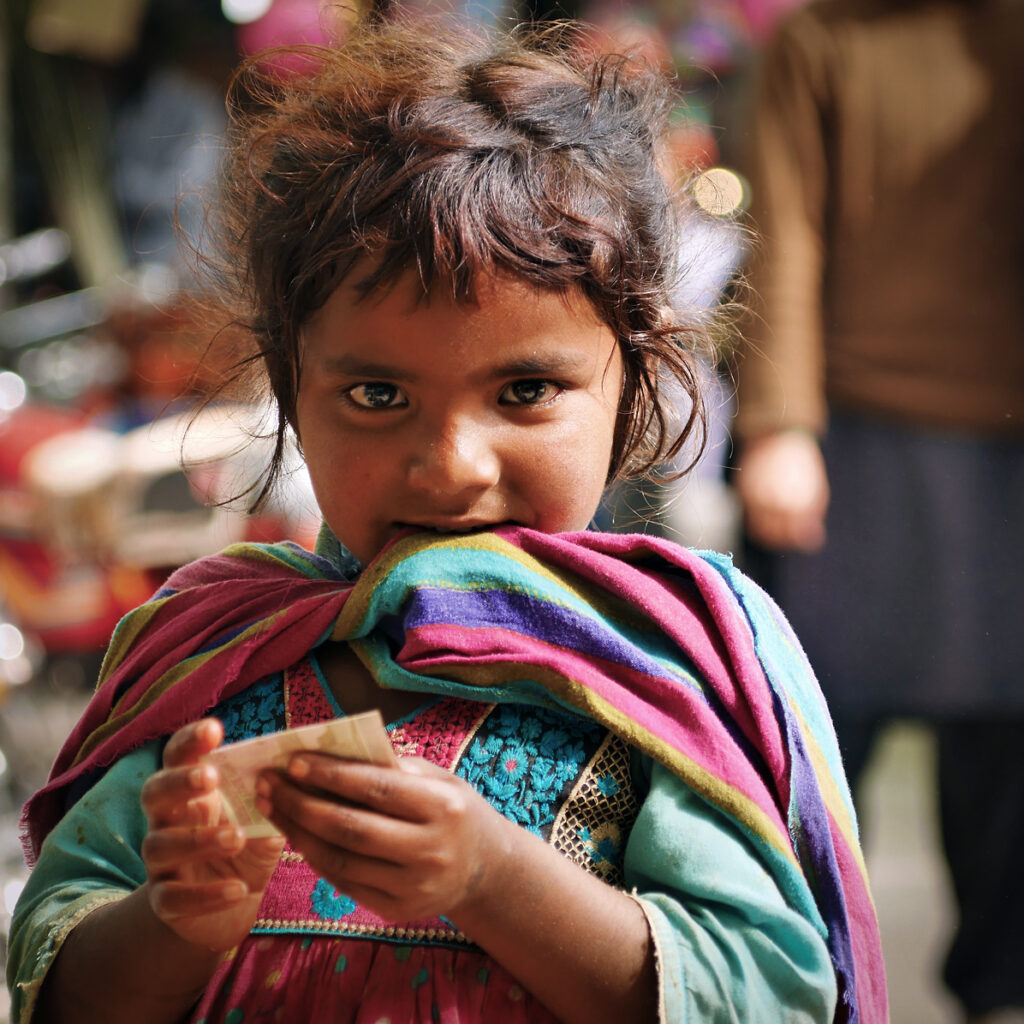
Yashica 60mm
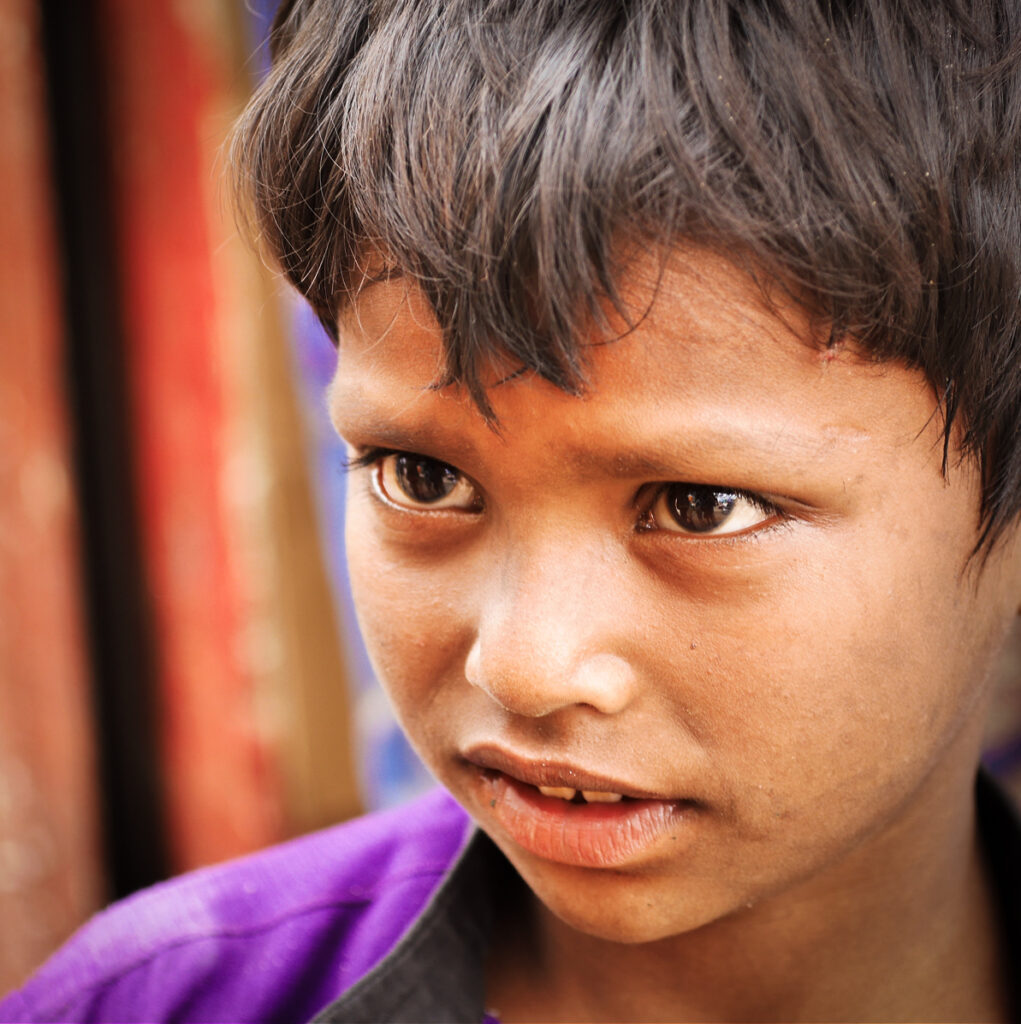
I couldn’t afford to purchase any top quality lenses so I bought a Fotodiox Adaptor which enabled me to use some Yashica AF lenses I had – namely the 70-210mm f4 and the 60mm f2.8 Macro (which could well be the Yashinon Tomioka 60mm f2.8 Macro). As a side note I would like to mention that the Yashica lenses were superb. I also purchased a new lens which was a Sigma 30mm f2.8 DN. The Sigma was quick and sharp and made in Japan, giving a 60mm Focal length.
The 210mm is soft wide open and the 30mm Sigma is a tad long to be a standard lens.
The Fotodiox adapter had the F Stop on an aperture ring, making things easy.
The camera also had Focus peaking which made quick precise manual focus easy peasy!
The GX7 also has an option to select aspect ratios, when viewed on the EVF are Great. I really like the Square 1:1 aspect ratio so I decided to go with it and see what I could do.
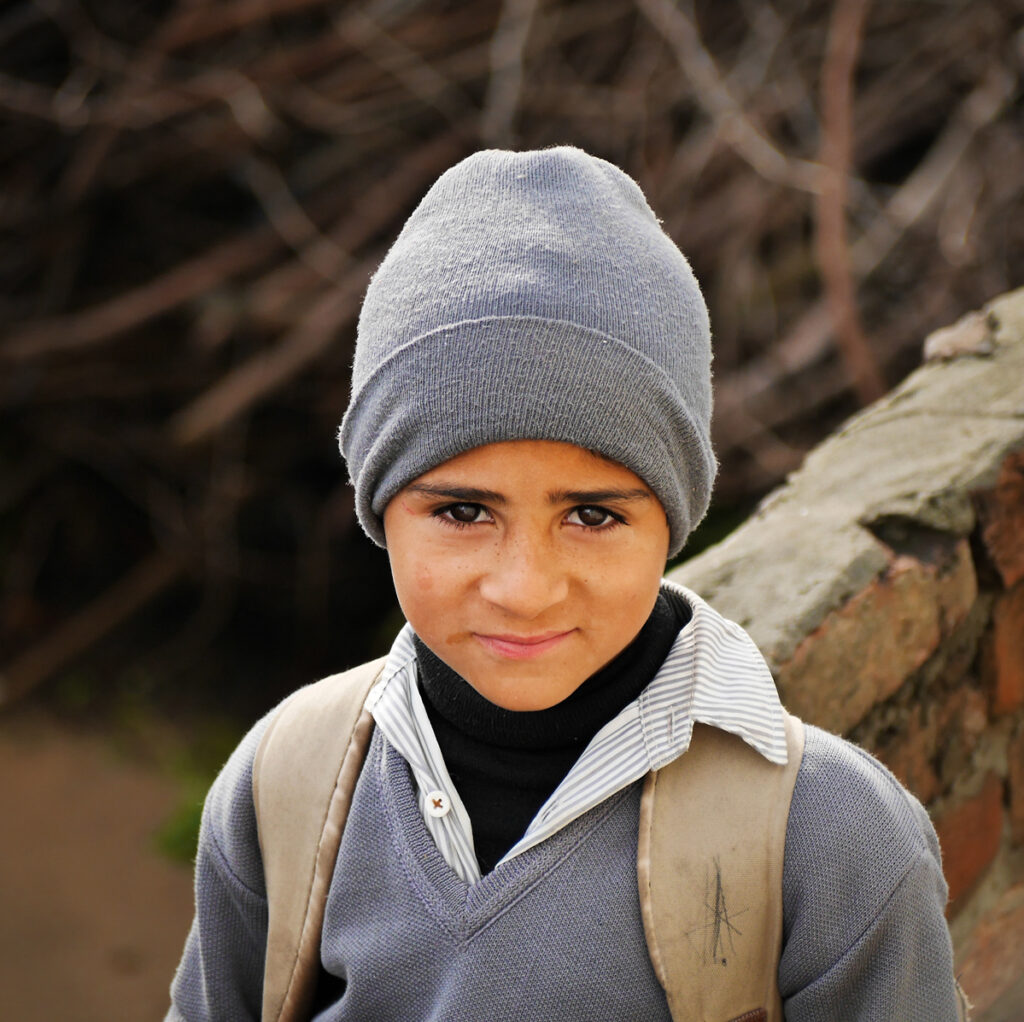
Yashica 70-210mm f4
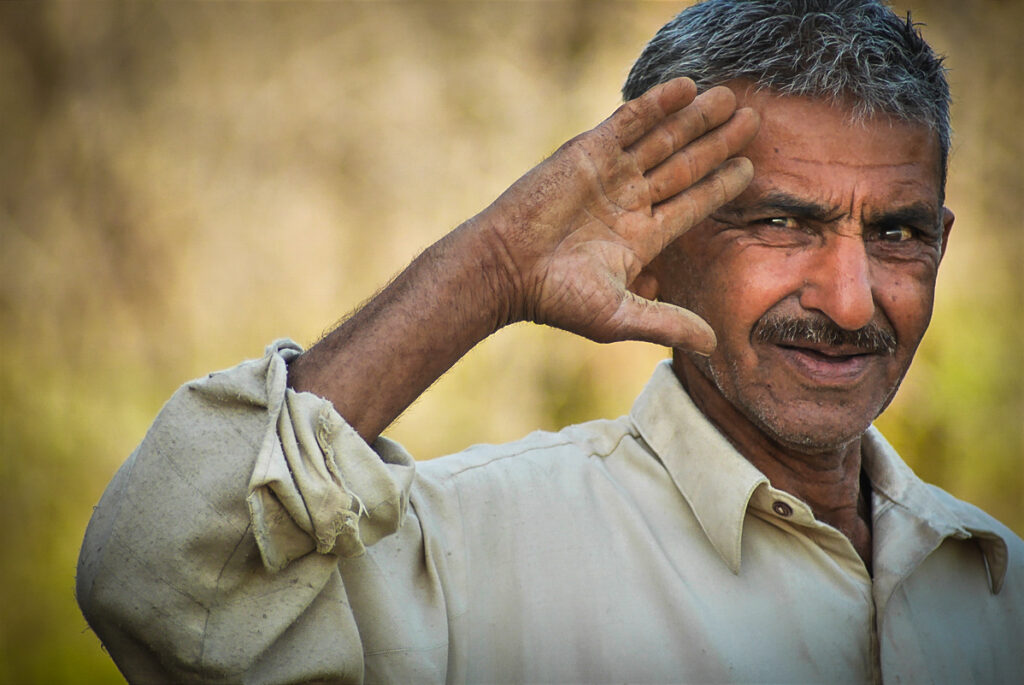
Yashica 70-210mm f4
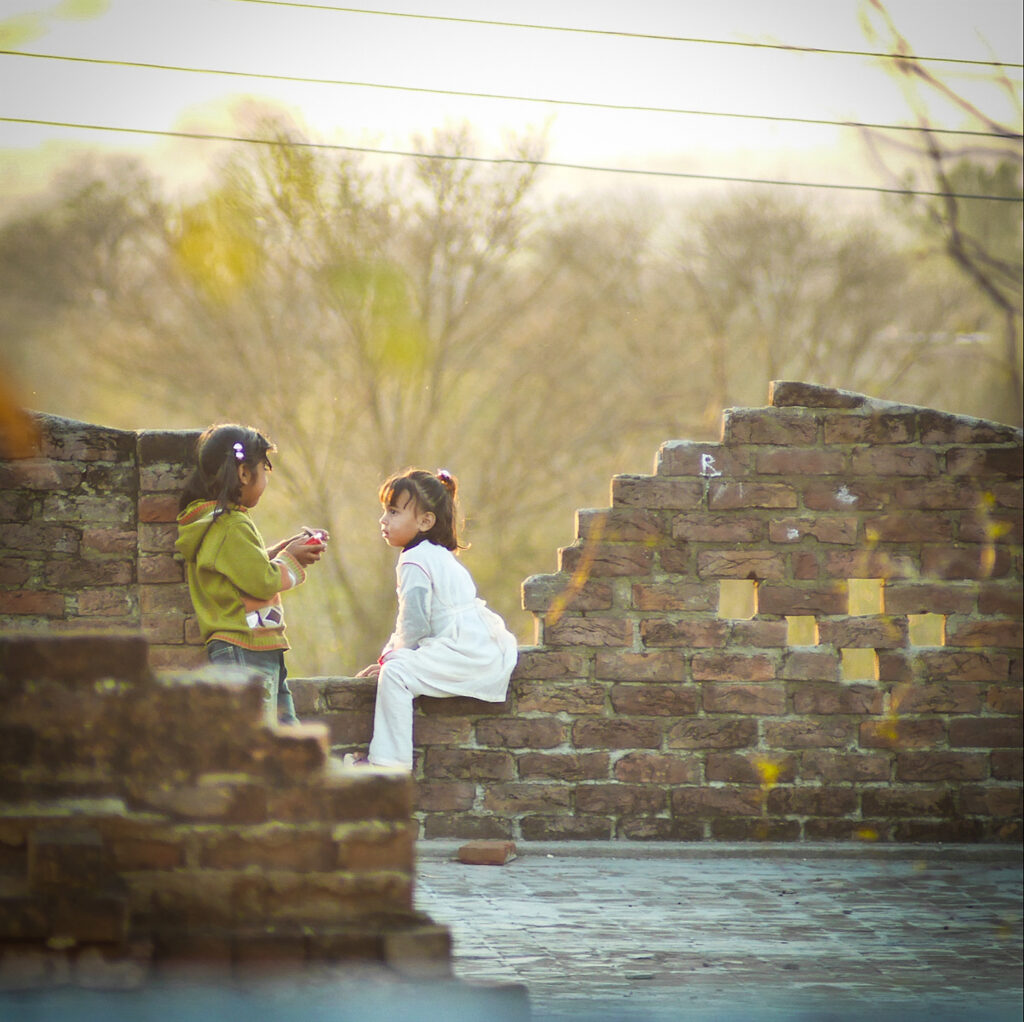
near Sarai Alamgir, Punjab, Pakistan
Yashica 70-210mm f4

Yashica 60mm
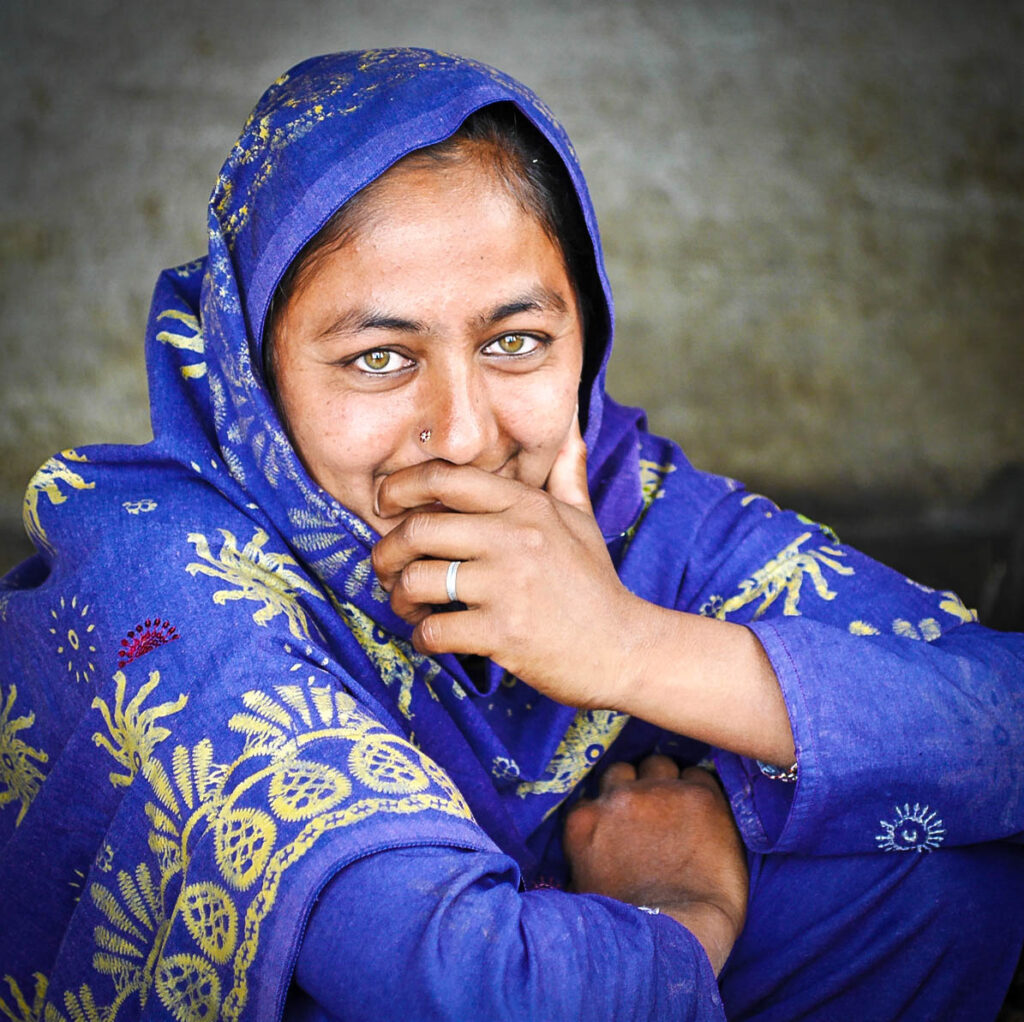
Yashica 60mm
So everything was looking good, but I was rained off for most of the time, but I did manage to go on a train trip to the Salt Range – where I was rained off again! So I actually didn’t shoot much with this camera and most of my time loafing around I shot film on a Contax G2 I had had with me as well.
I shot some portraits of Punjabi people, young and old, rich and poor, in villages, town bazaars and shrines and enjoyed the experience. I visited the colonial city of Sargodha, and took a long train ride on the 5’6” Indian wide gauge Railway. Trekked around the villages and fields near Sarai Alamgir near the City of Jhelum by the Jhelum River. And visited the Shrine of the Muslim Saint Pir-e-Shah Ghazi in Kharri Sharif, Kashmir. I think I must’ve taken about 360 exposures in total, but have lost most of them apart from what you see here.
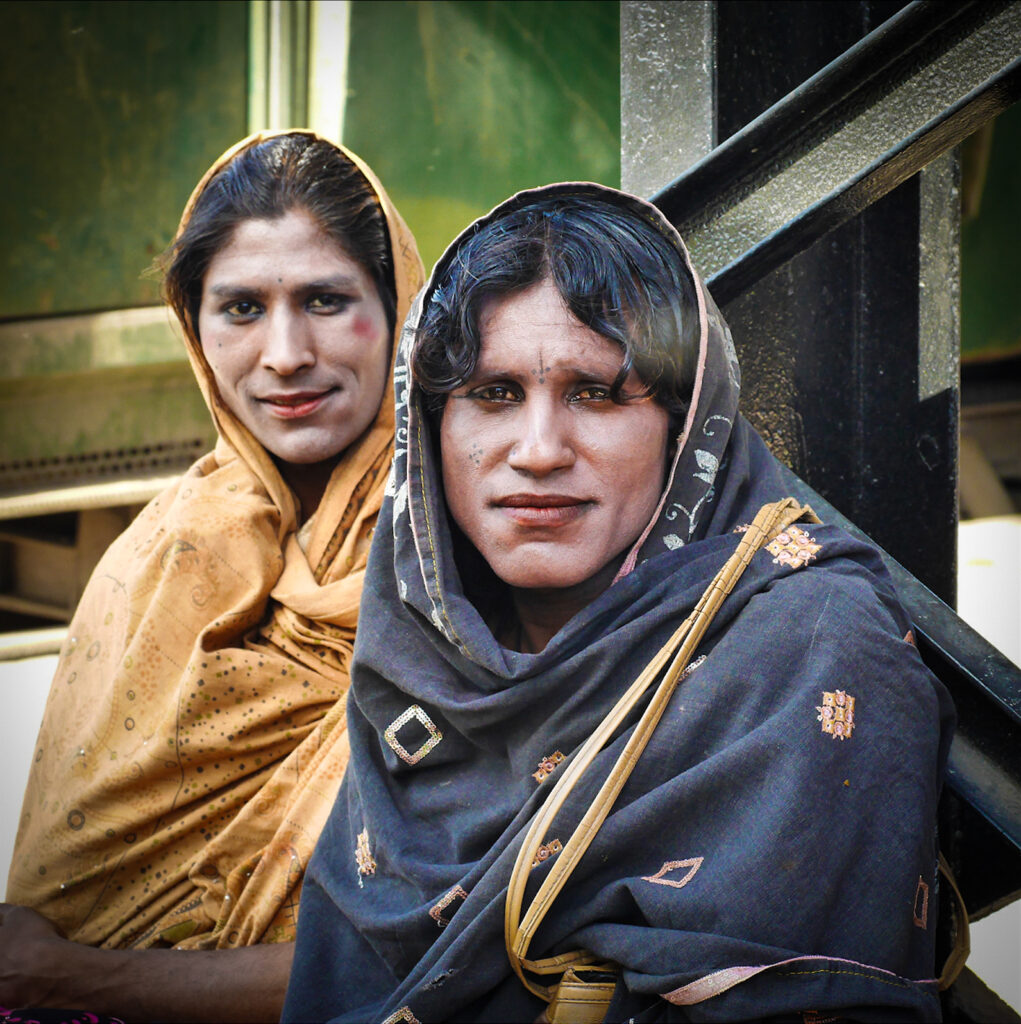
Yashica 60mm
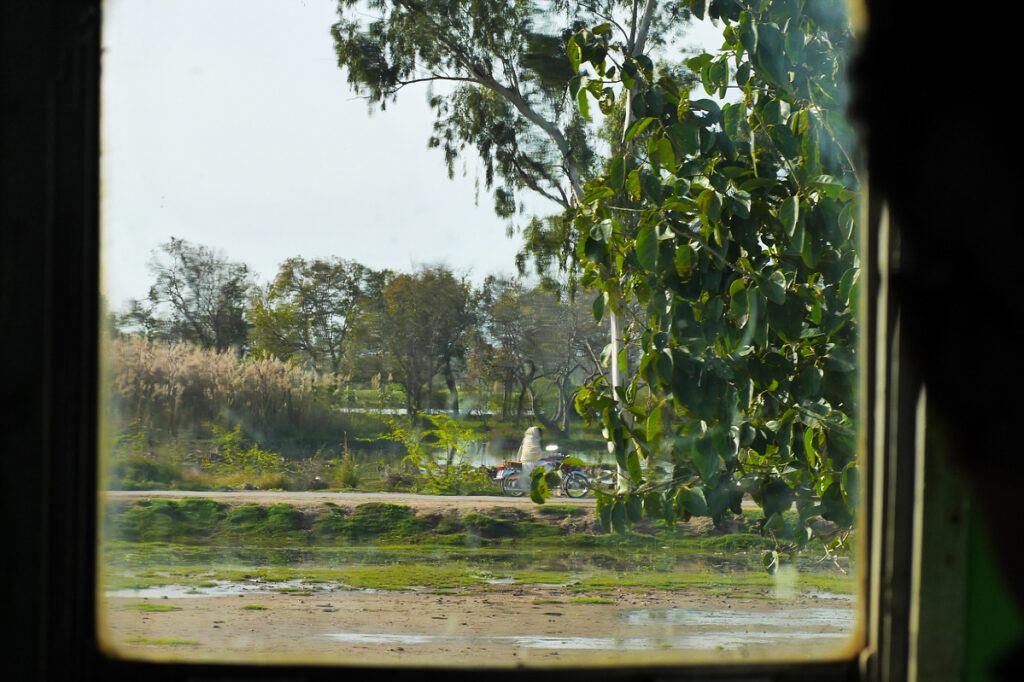
Yashica 60mm
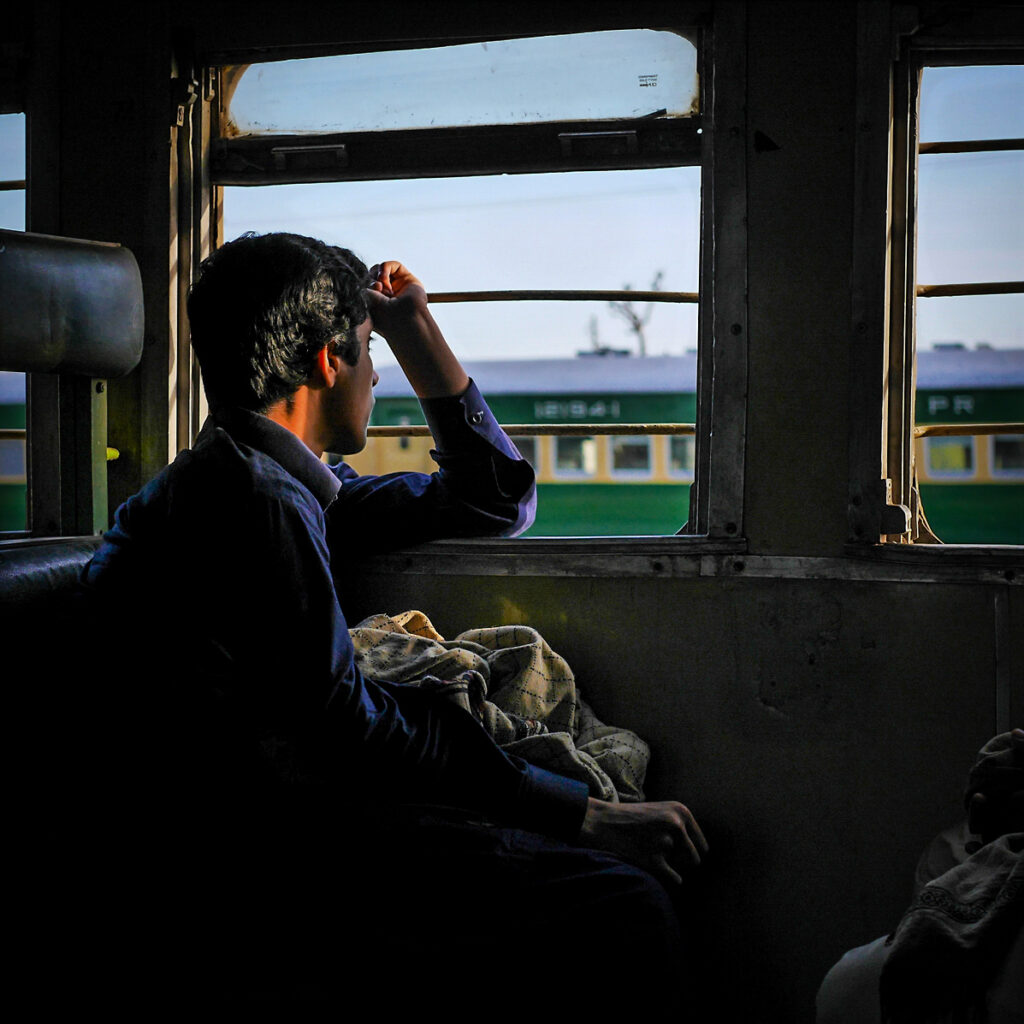
Yashica 60mm
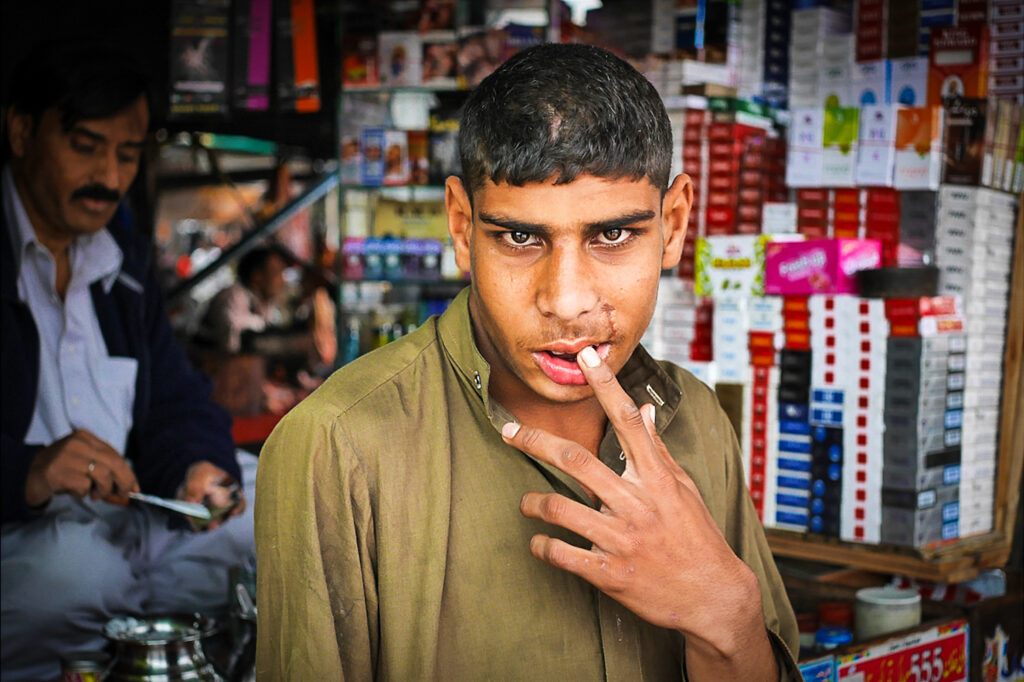
Sarai alamgir, Punjab, Pakistan
Sigma 30mm f2.8 DN
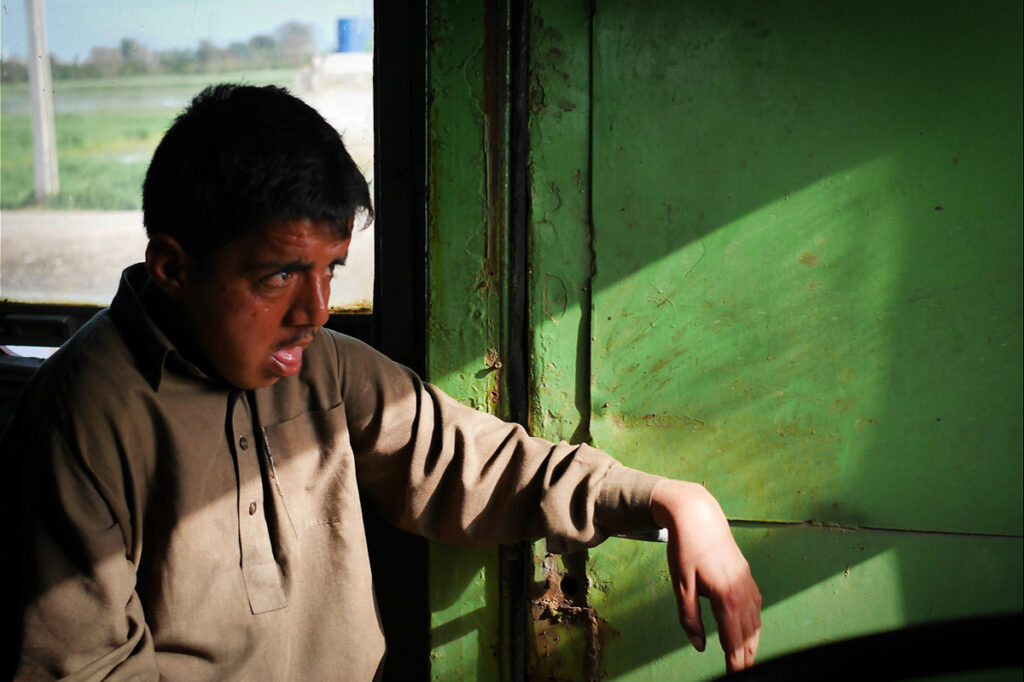
Sigma 30mm f2.8 DN
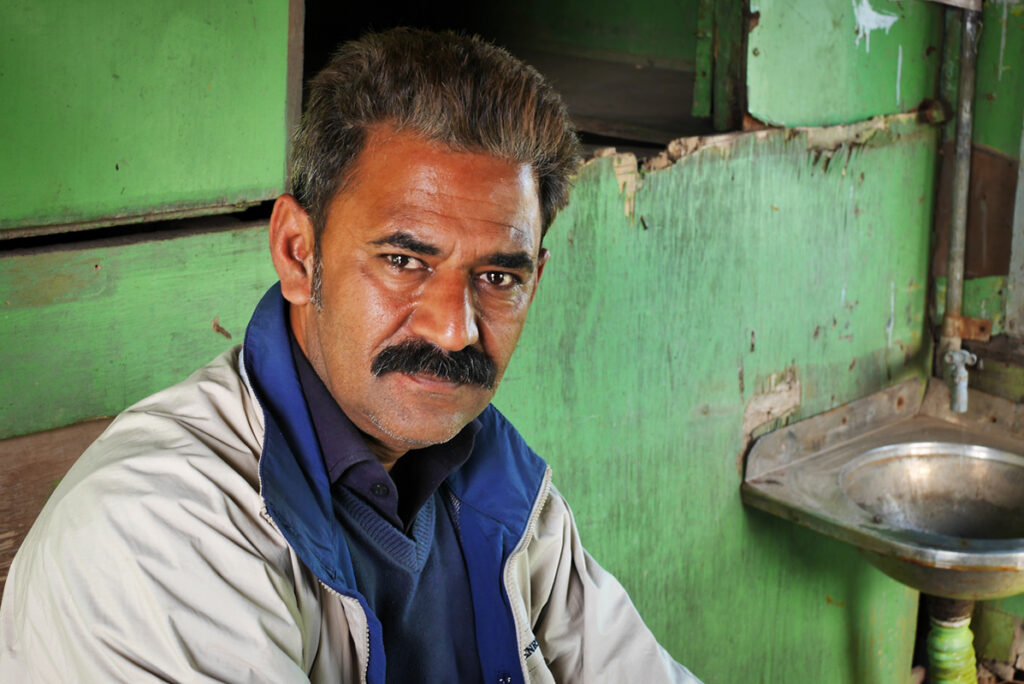
Sigma 30mm f2.8 DN
Overall this is a very good camera, and bar some niggles I will explain later, almost perfect in many ways.
It looks great, the flip LED and EVF are excellent ideas and so useful.
Lovely size and feel, and very quick to start up and quick to focus (AF) and shoot.
Excellent picture quality and very good smooth ISO 800 speed for portraits of people indoors with natural light. Function buttons can be set, so the advanced user can have all at his disposal. 1:1 square ratio mode Takes good video too. Can use other lenses with adaptors. Focus peaking is very effective for MF.
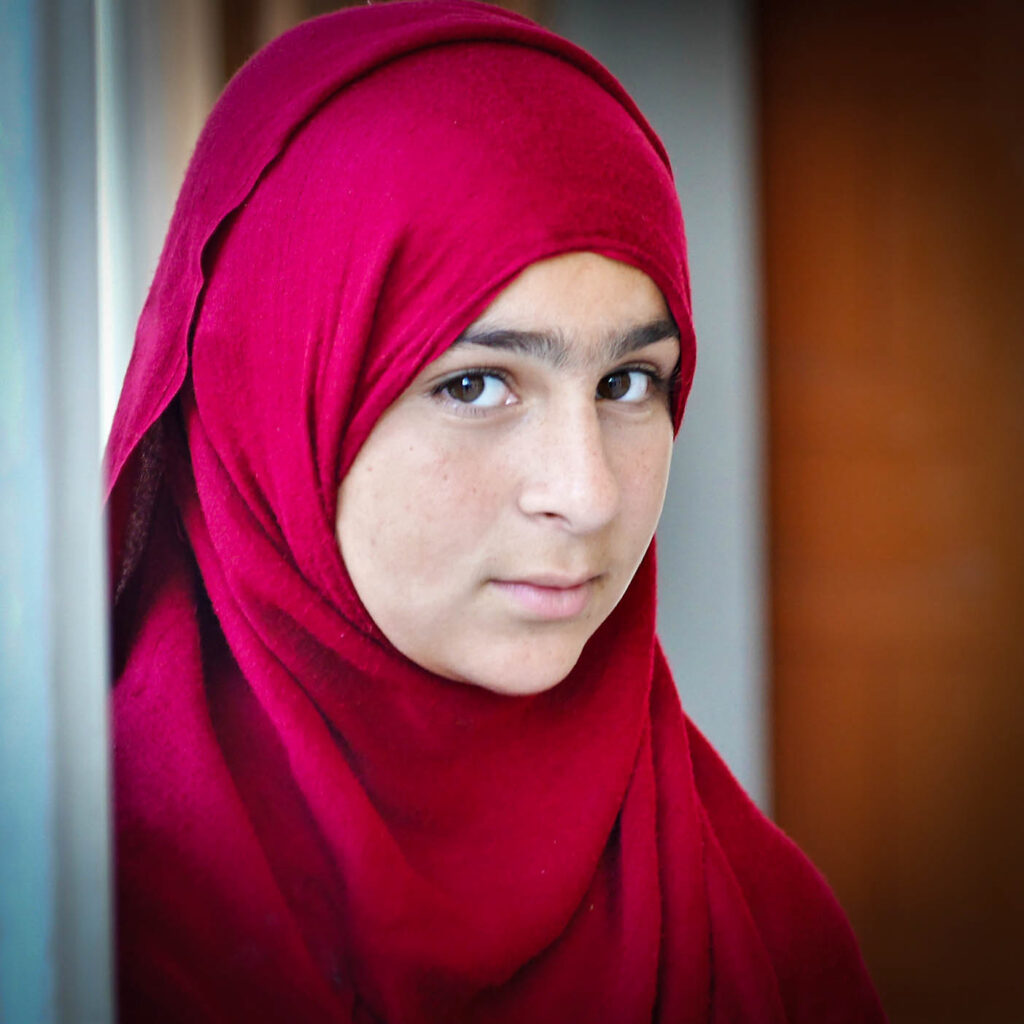
Yashica 60mm
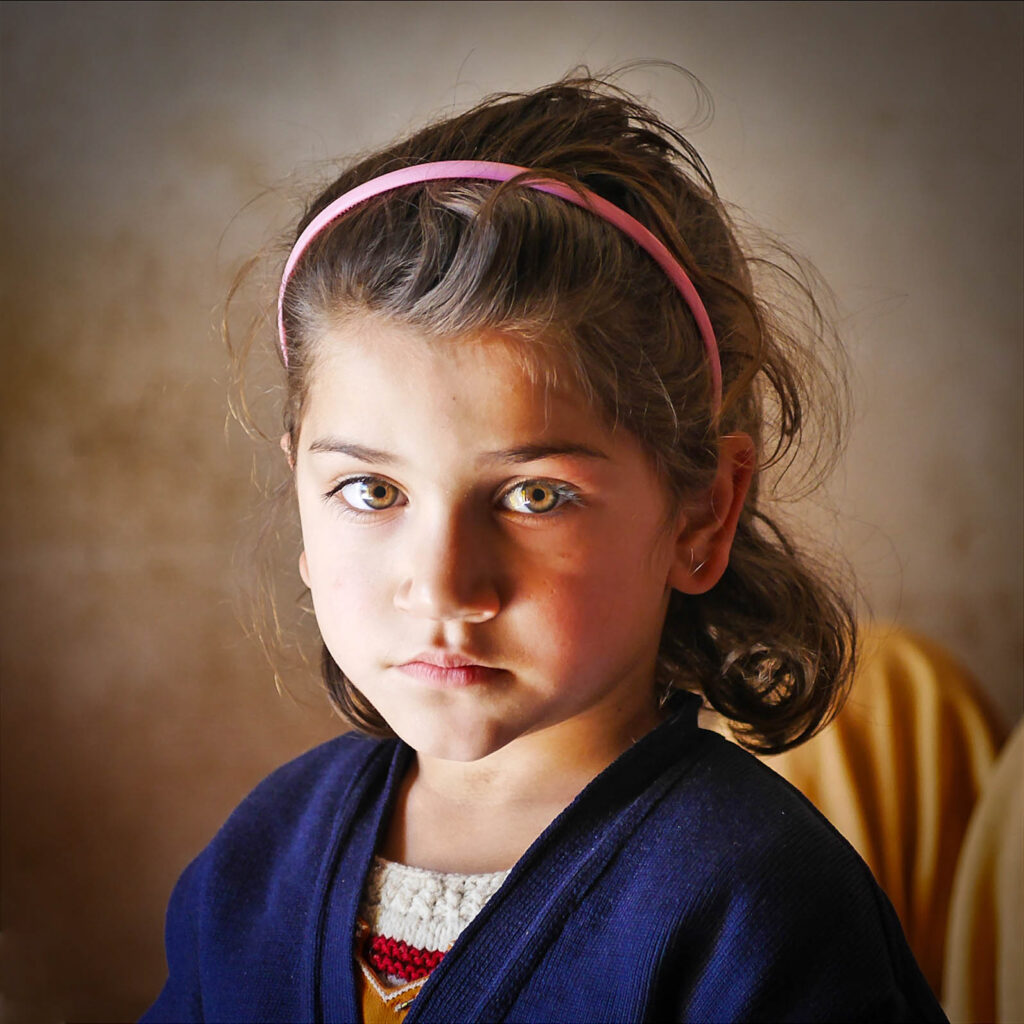
Yashica 60mm
Downsides?
The screen is very sensitive and sometimes poses a hindrance, as does the lack of some control dials such as ISO and Exposure compensation. This needed dedicated buttons for most things, the Function buttons were ok though.
Overall, a very pleasing shooting experience, the Yashica 60mm was exceptional for portraiture, the Sigma was also very impressive and quick, and I was left with some fond memories.
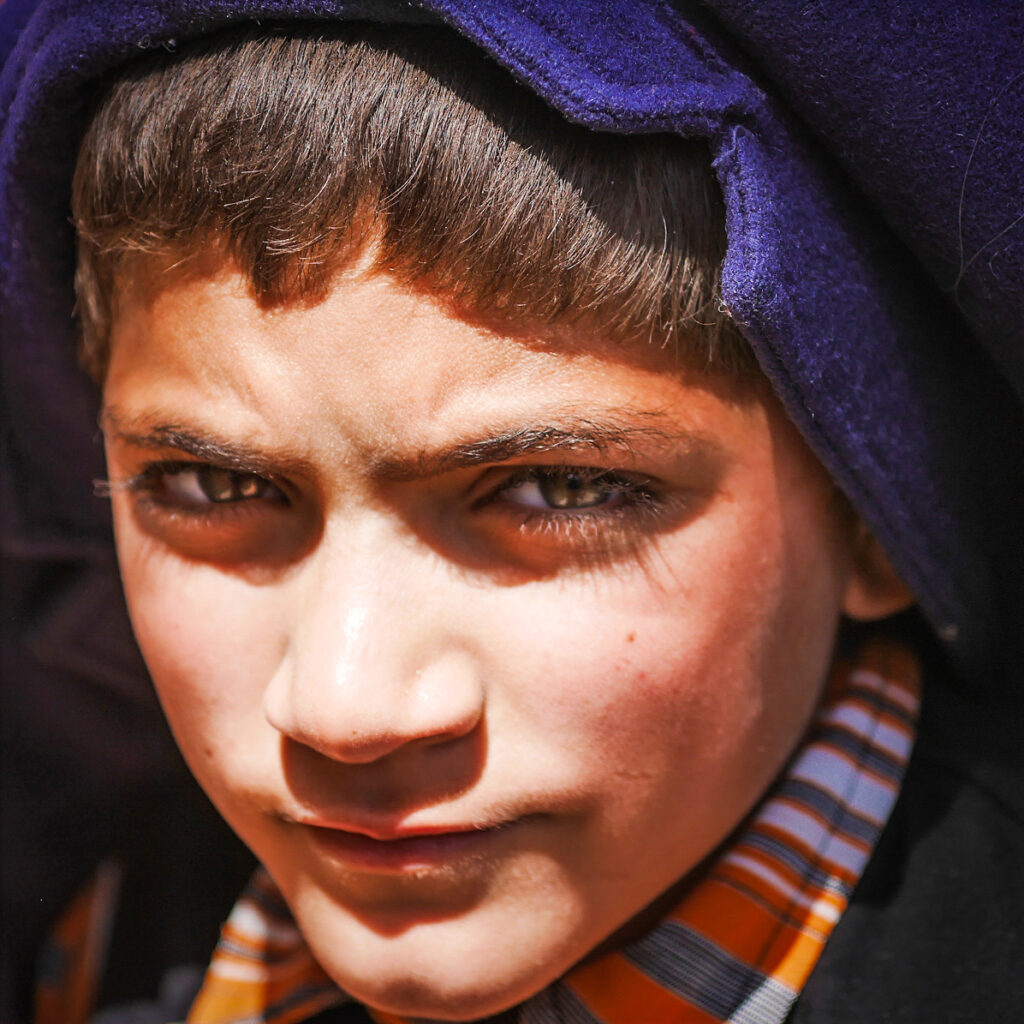
Yashica 60mm
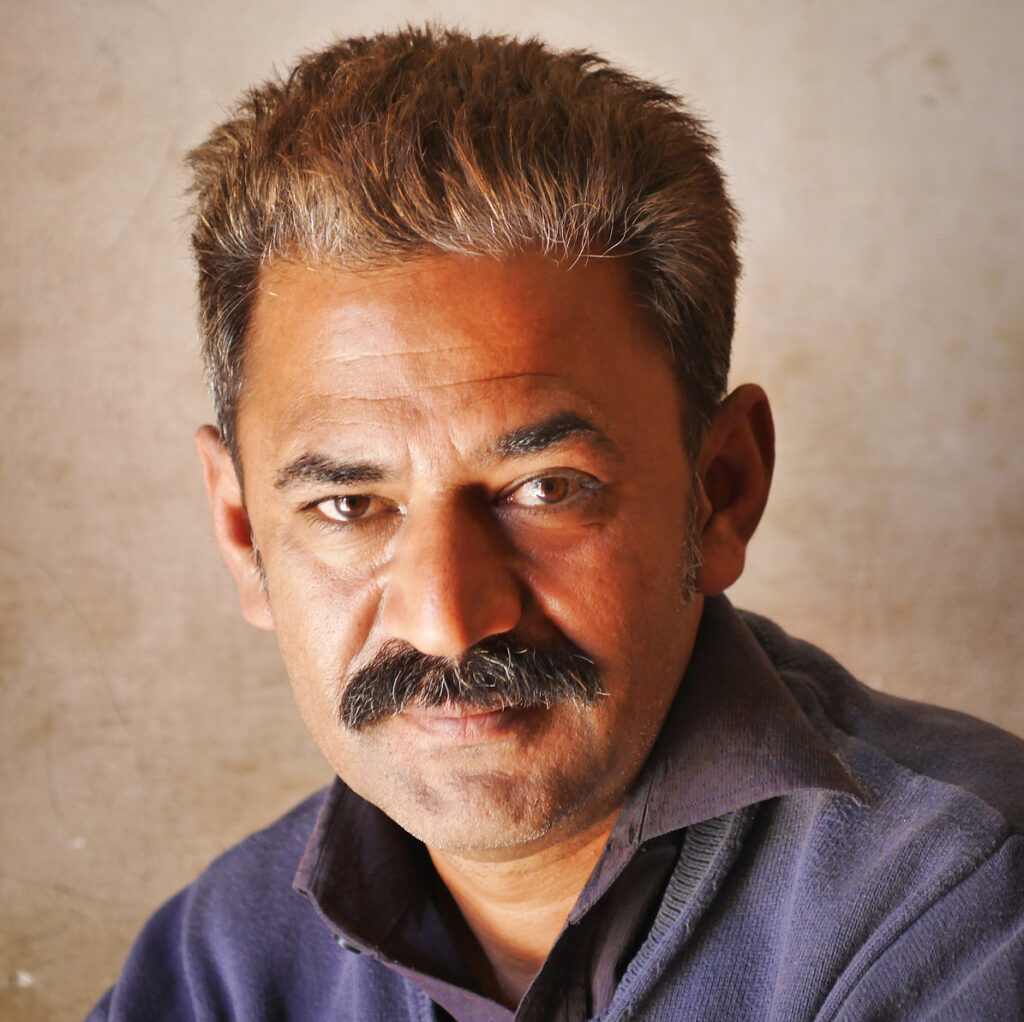
Share this post:
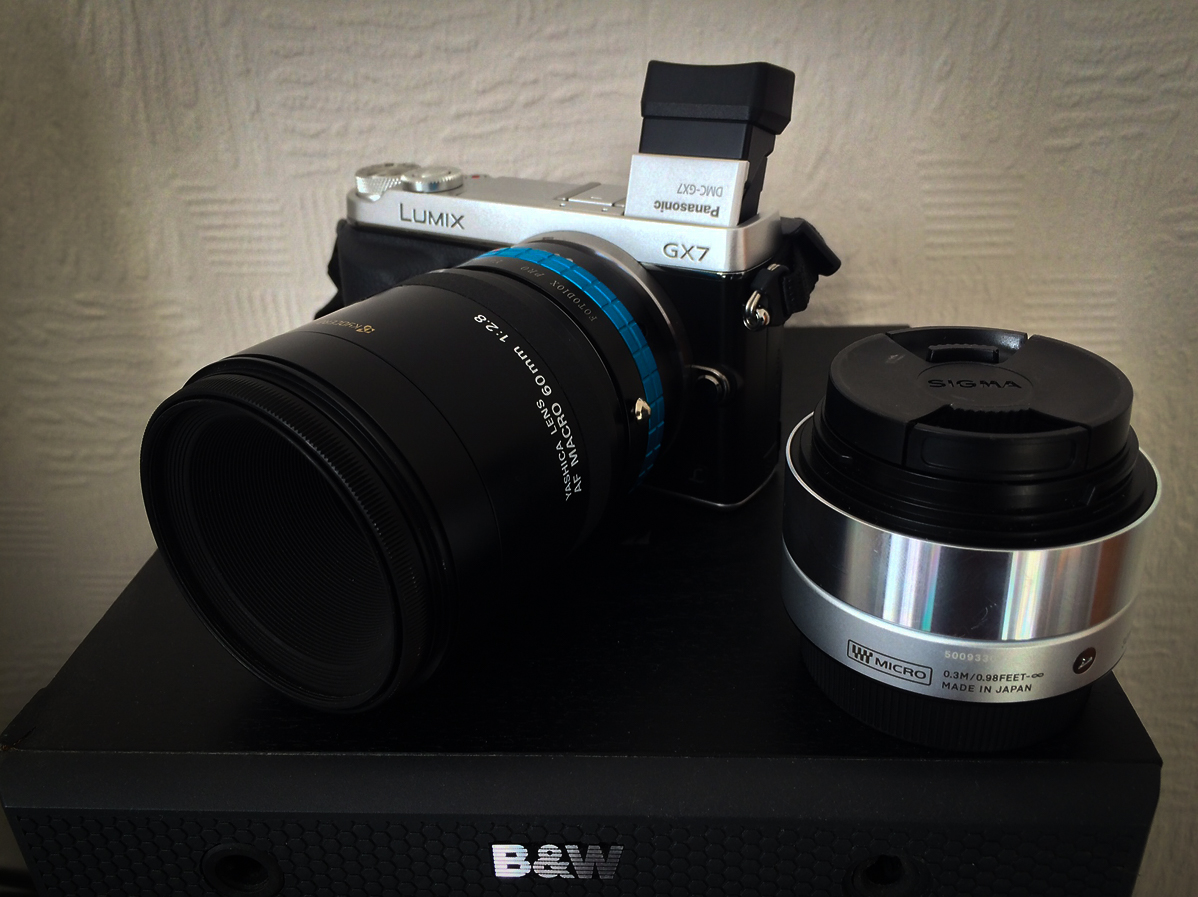
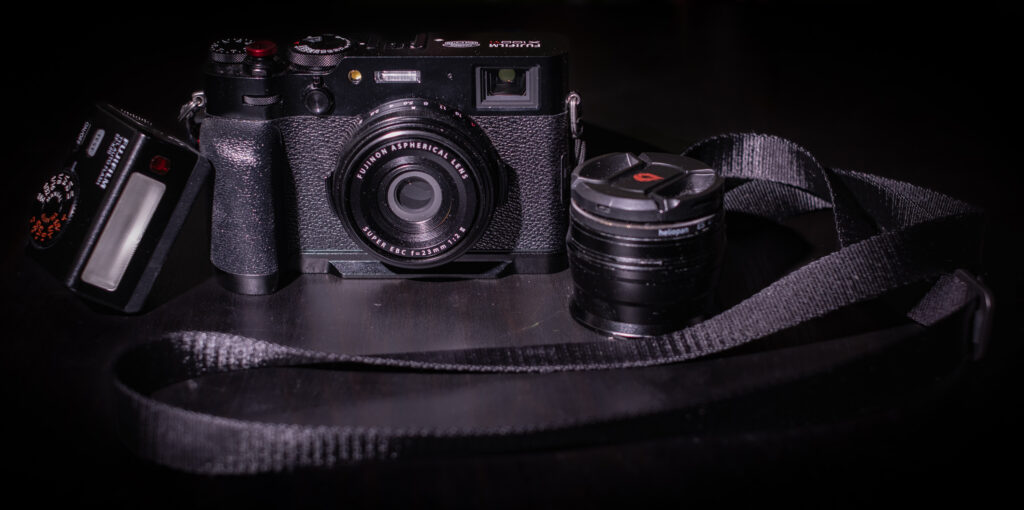
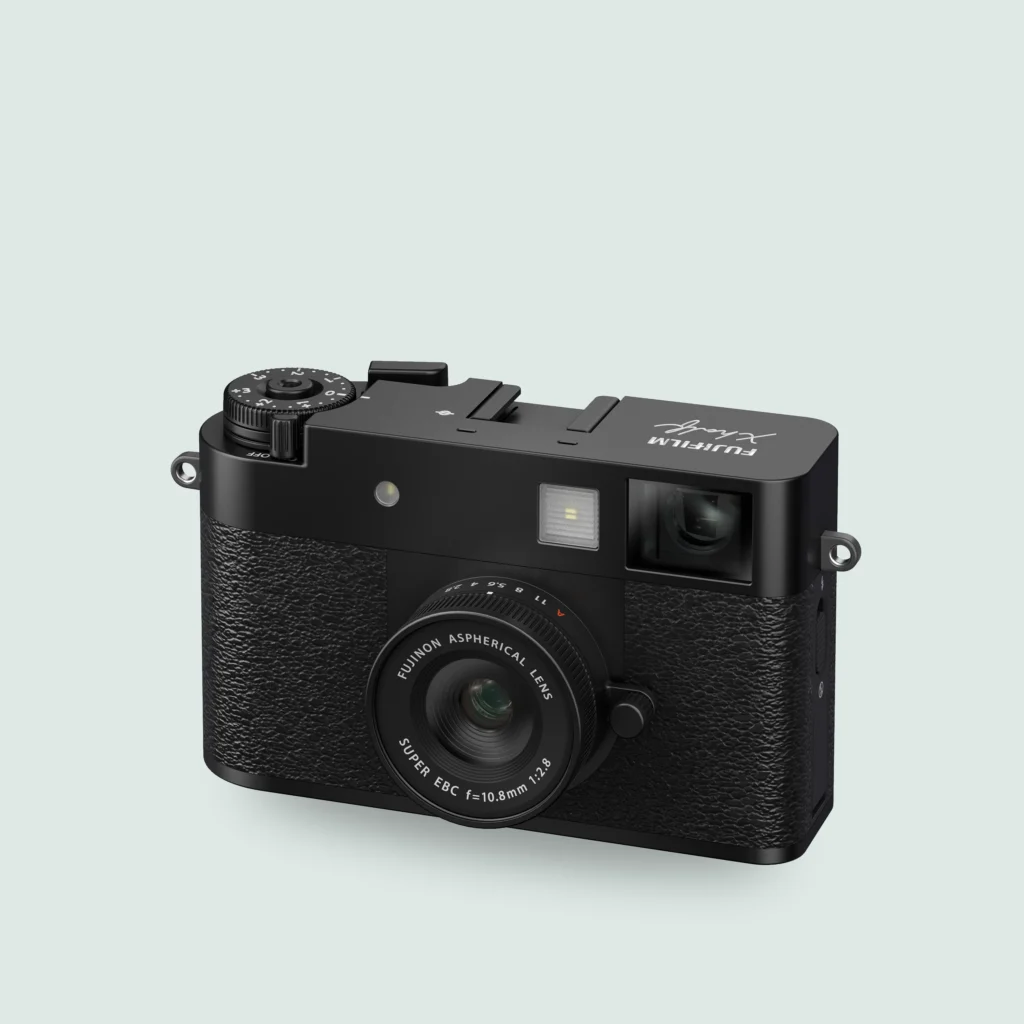
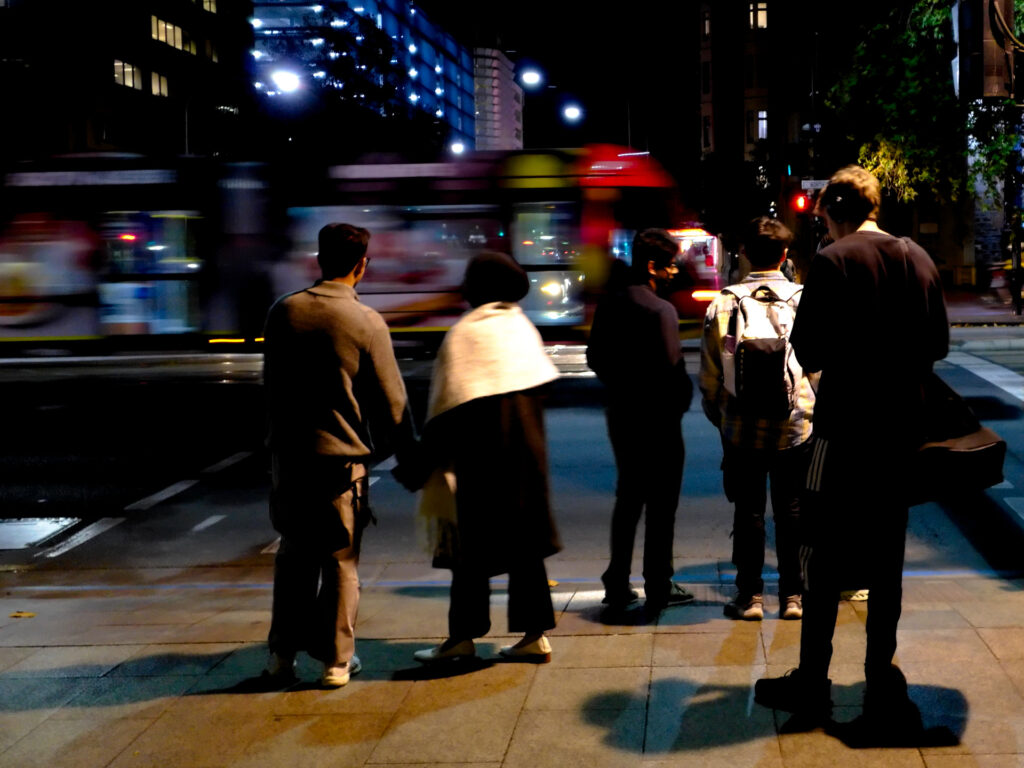
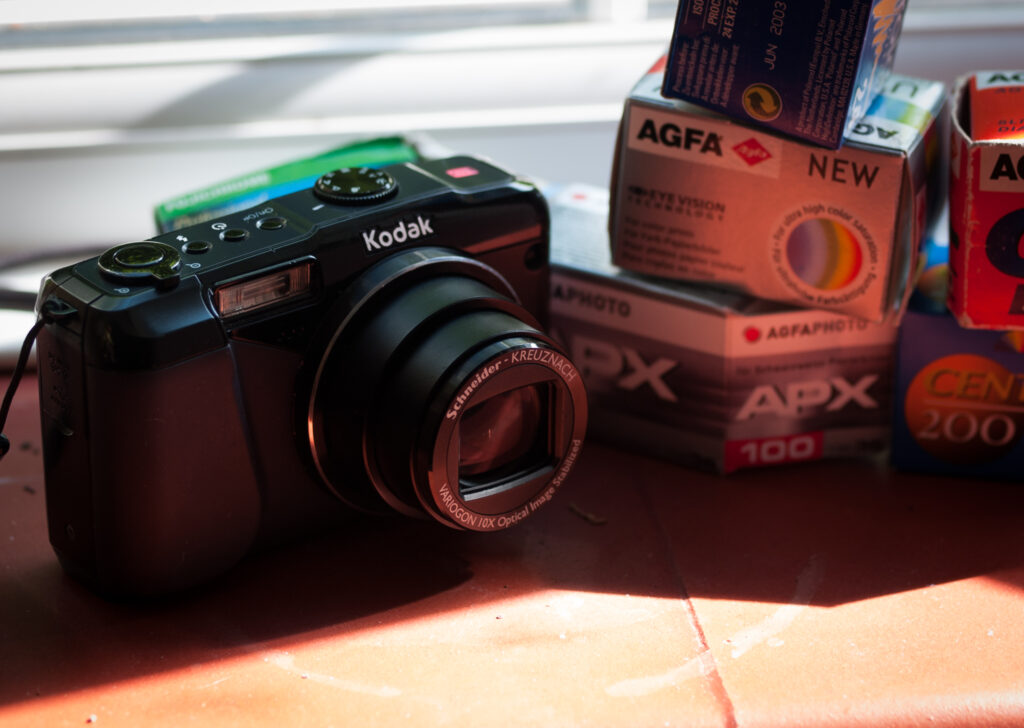




Comments
Ibraar Hussain on Panasonic Lumix GX7 – Travelling in The Rural Punjab
Comment posted: 22/05/2025
Geoff Chaplin on Panasonic Lumix GX7 – Travelling in The Rural Punjab
Comment posted: 22/05/2025
Comment posted: 22/05/2025
Michael Carnell on Panasonic Lumix GX7 – Travelling in The Rural Punjab
Comment posted: 22/05/2025
Comment posted: 22/05/2025
Arthur Gottschalk on Panasonic Lumix GX7 – Travelling in The Rural Punjab
Comment posted: 22/05/2025
Comment posted: 22/05/2025
Justin on Panasonic Lumix GX7 – Travelling in The Rural Punjab
Comment posted: 22/05/2025
Great camera. About ten years ago this was my primary camera. It works really well with vintage glass, such as Leicas and C-mount lenses. Sometimes the crop factor can be a hindrance but at other times it's a benefit.
Comment posted: 22/05/2025
Graham Spinks on Panasonic Lumix GX7 – Travelling in The Rural Punjab
Comment posted: 22/05/2025
Comment posted: 22/05/2025
Gary Smith on Panasonic Lumix GX7 – Travelling in The Rural Punjab
Comment posted: 22/05/2025
My current edc is a gx9 fitted with the 14-140. Looking forward to a coming trip to Redwoods National Park with a long drive there and back.
Comment posted: 22/05/2025
Comment posted: 22/05/2025
Comment posted: 22/05/2025
Comment posted: 22/05/2025
Comment posted: 22/05/2025
David Pauley on Panasonic Lumix GX7 – Travelling in The Rural Punjab
Comment posted: 24/05/2025
Comment posted: 24/05/2025
Dean Lawrence on Panasonic Lumix GX7 – Travelling in The Rural Punjab
Comment posted: 30/05/2025
It's only through your images that I have seen glimpses of the Punjab and what strikes me most are the colours, everything is so colourful. You've opened my eyes to a world I never knew existed, thank you.
A superb article all around.
Comment posted: 30/05/2025
Russ Rosener on Panasonic Lumix GX7 – Travelling in The Rural Punjab
Comment posted: 02/06/2025
Comment posted: 02/06/2025
John Chrastek on Panasonic Lumix GX7 – Travelling in The Rural Punjab
Comment posted: 17/06/2025
Comment posted: 17/06/2025
Leon on Panasonic Lumix GX7 – Travelling in The Rural Punjab
Comment posted: 04/08/2025
As all of the others have said absolutely stunning portraits of some beautiful local characters & fascinating to learn about the partioned Punjab region, very enlightening indeed!
A quick technical question please; the GX7 is on my radar as a cheap route into experimenting with M4/3 format, however I've read many times it's plagued with shutter shock, which is a real problem causing blurry images, even more so with certain lenses.
What is your experience with this issue, did you notice it & was it a problem with the GX7 & how did you deal with it?
Your images are reassuringly tack sharp so I guess it's not such a problem!
Many thanks
Leo
Comment posted: 04/08/2025
Comment posted: 04/08/2025
Comment posted: 04/08/2025
Comment posted: 04/08/2025